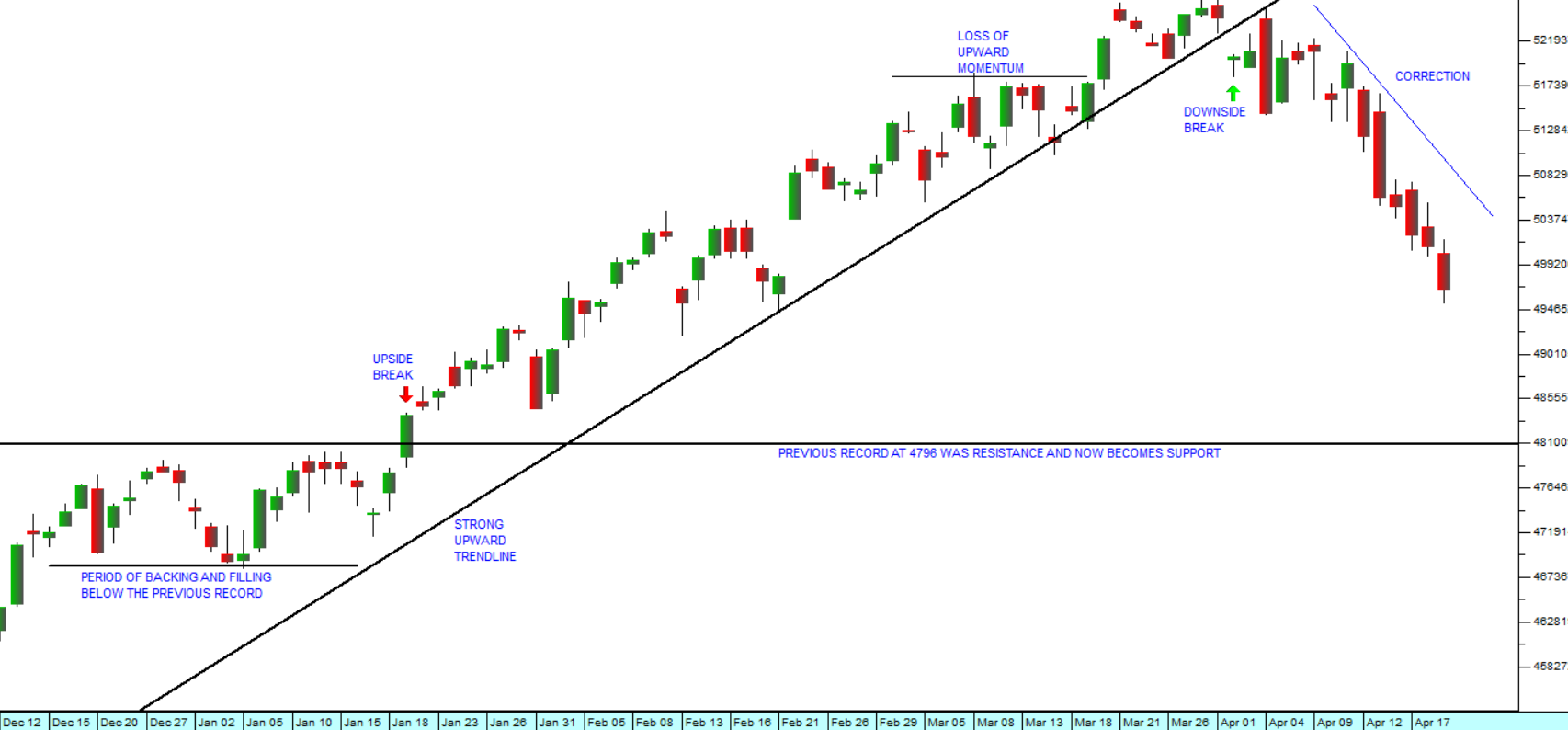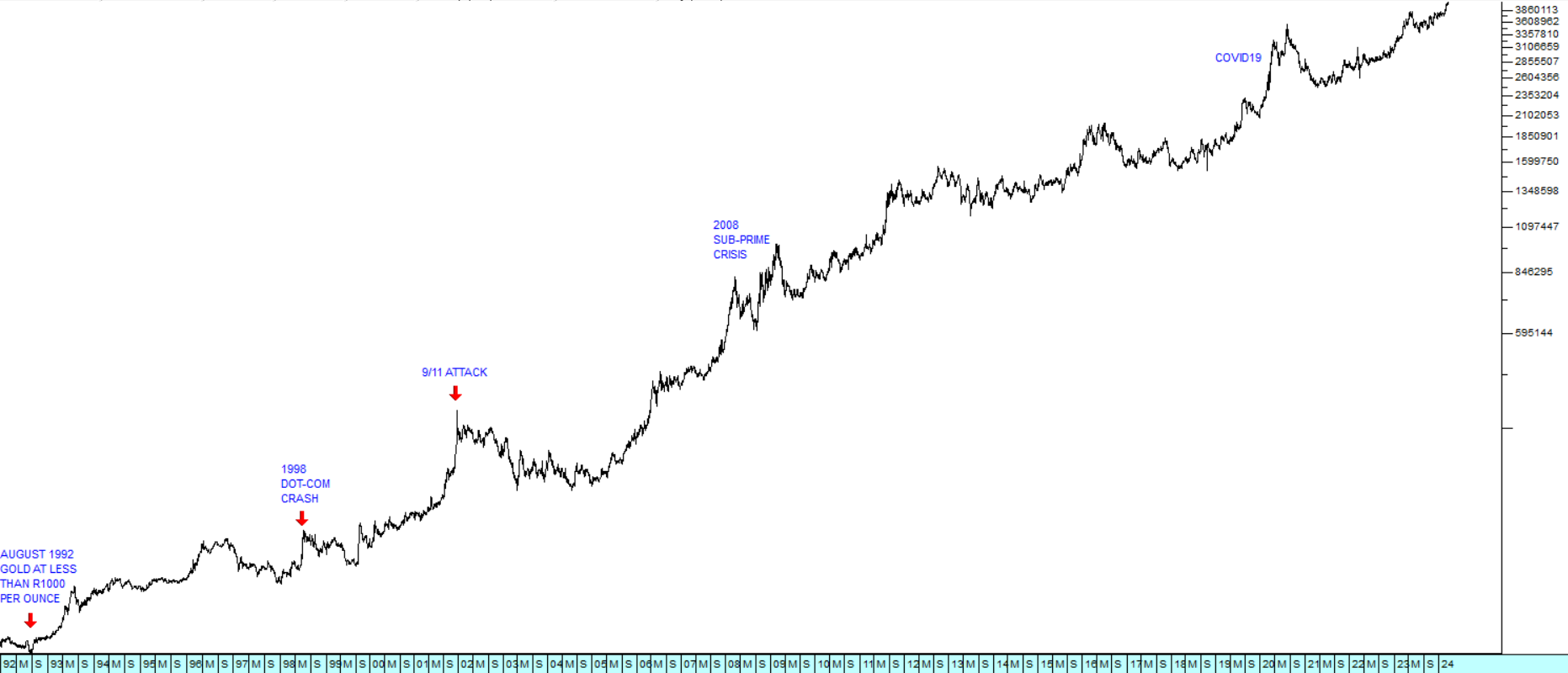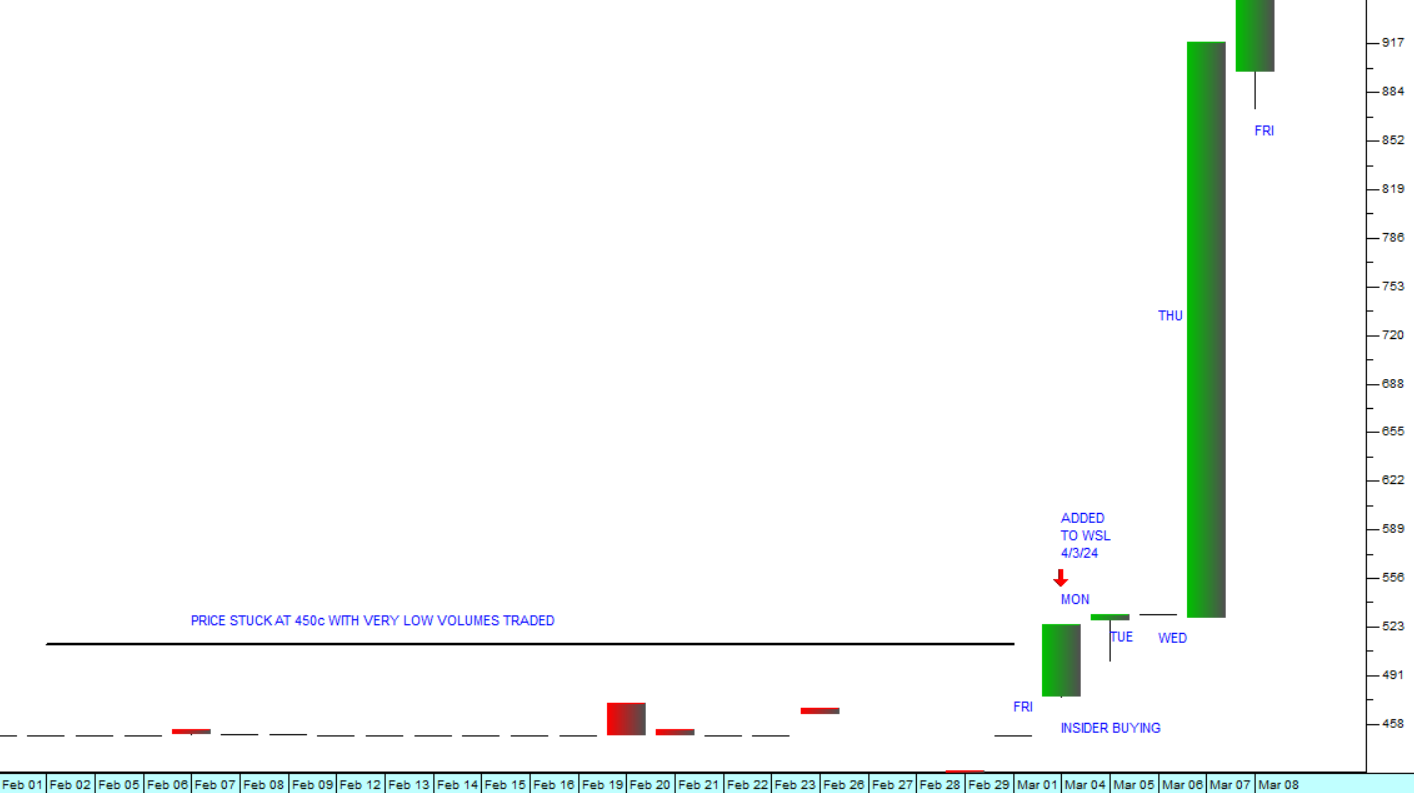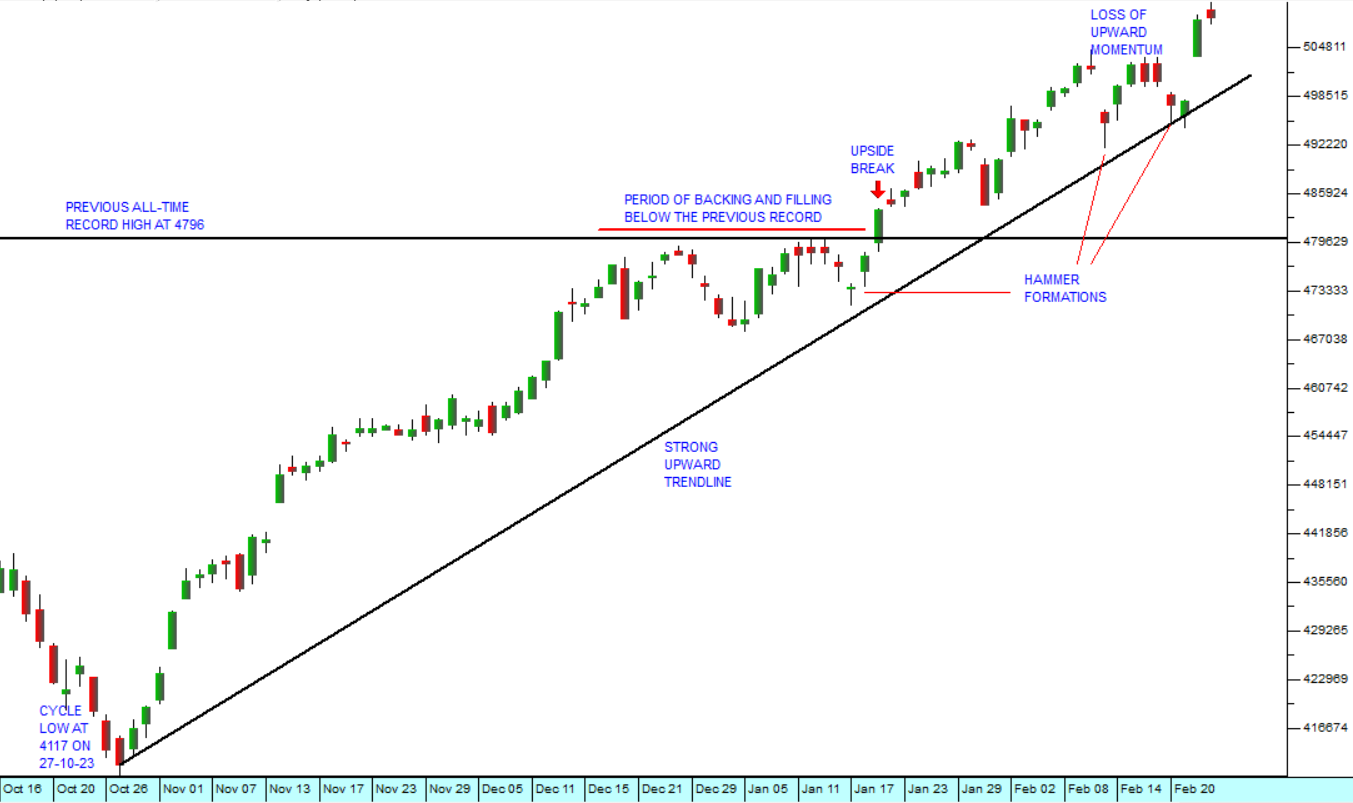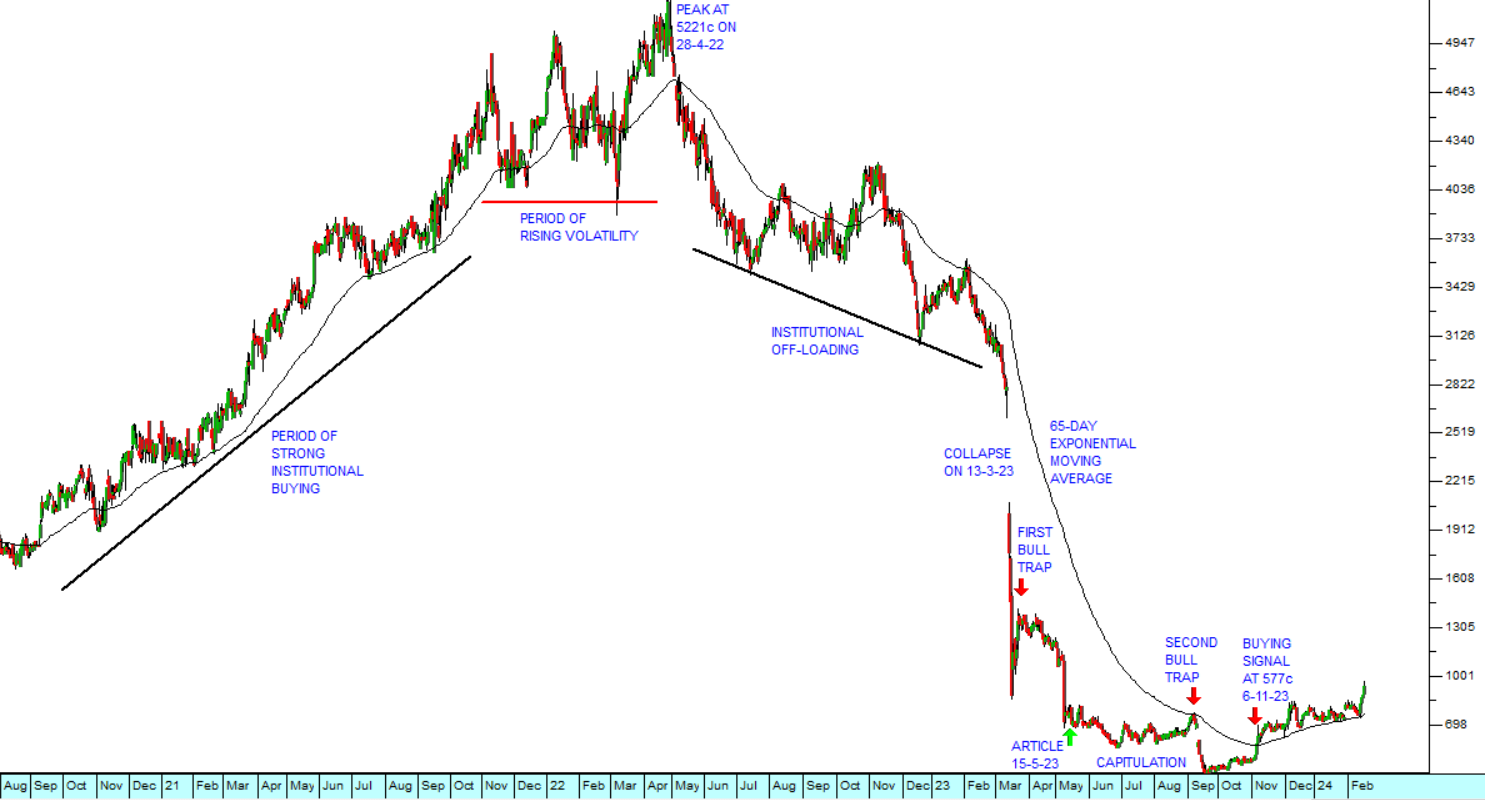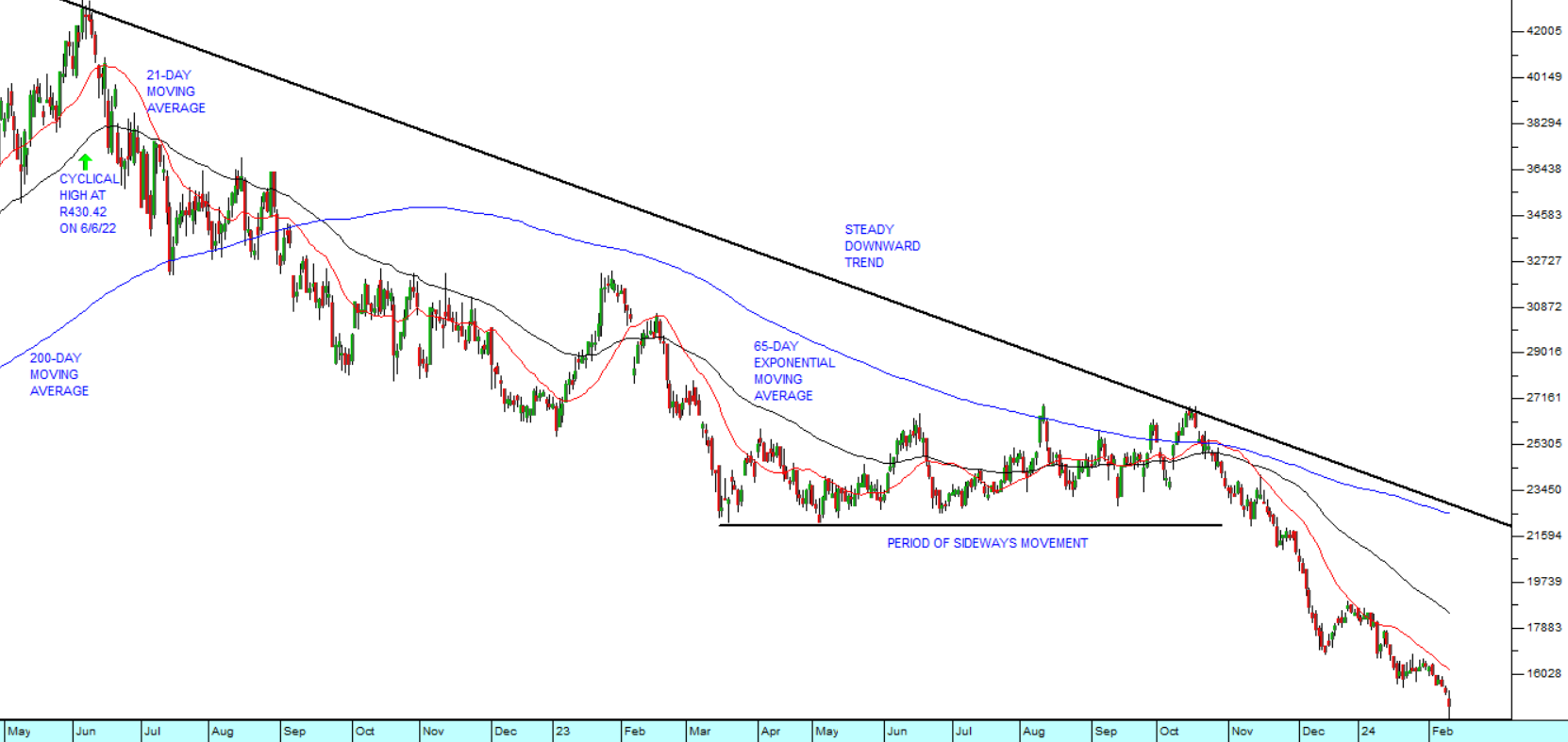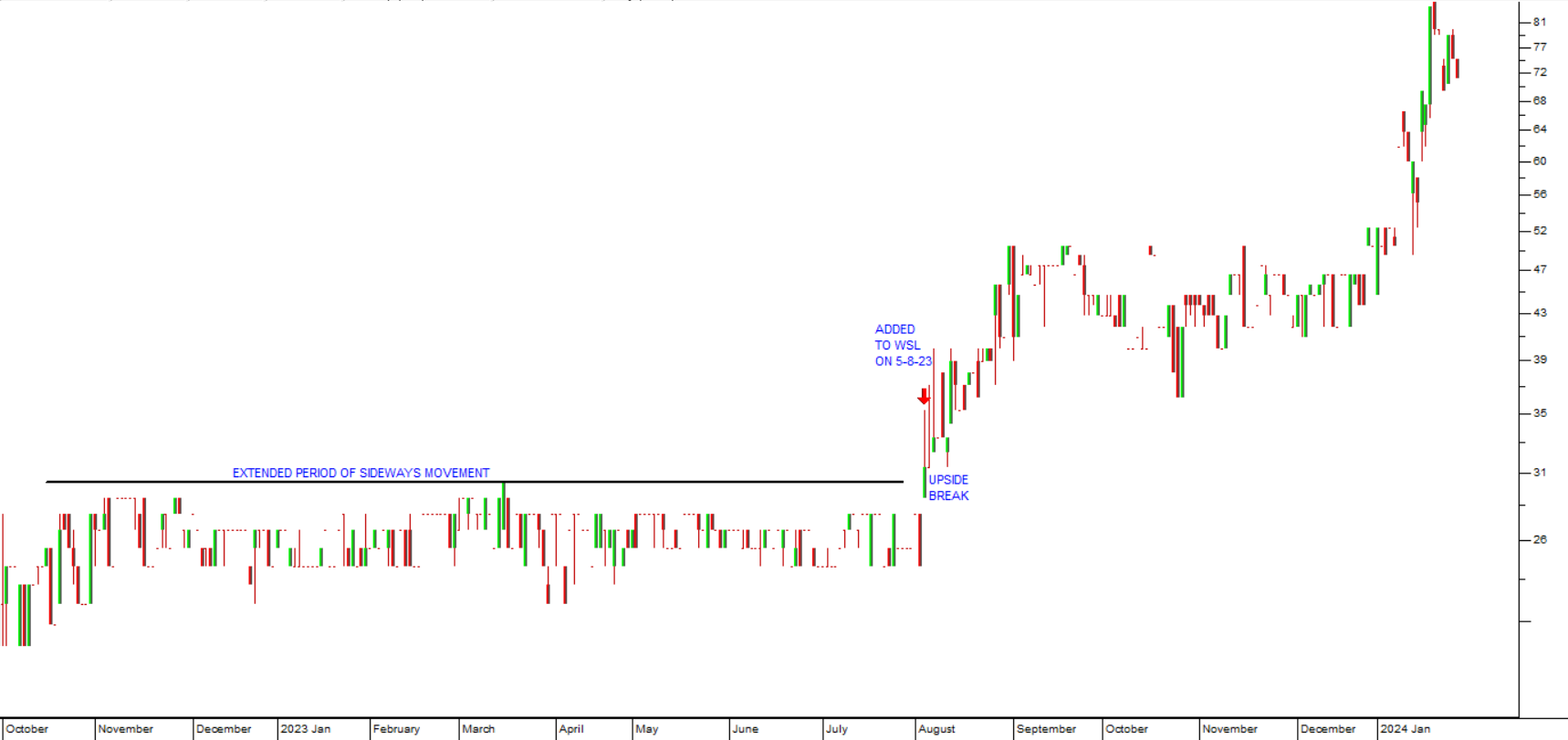Rights Issues
12 March 2019 By PDSNETThe Johannesburg Stock Exchange (JSE) consists of two markets – a primary market where companies sell their shares to the public in order to raise capital and a secondary market where those shares are then bought and sold freely between members of the public. Transactions in the secondary market do not result in any funds going back to the companies concerned, but listed companies are very interested in maintaining a strong, fluid secondary market with their shares changing hands between members of the public at good prices. The reason for this is that it is impossible to sell additional shares in the primary market without a good secondary market for the share. Members of the public would not be interested in buying shares in the primary market unless they knew that they could sell them easily in the secondary market - whenever they wanted to. So the two markets work together, enabling members of the public to participate in the growth potential of listed companies, while allowing listed companies the facility to raise additional cash when they need to it to fund their businesses. As a listed company one of the best ways to raise capital is by way of a rights issue. This means offering more of your shares to your existing shareholders, usually at a discount to their current market price. The best way to understand this is through a simple example. Suppose that a listed company, ABC, with 100m shares in issue, trading for 100c each in the market, wants to raise more capital. One of their [glossary_exclude]options[/glossary_exclude] would be to conduct a rights issue. Let us say that after some consideration, they decide to offer their existing shareholders a further 10m shares at a price of 80c each and so raise R8m. The way a rights issue is conducted is that the company issues shareholders holding the shares on a specific day “renounceable nil-paid letters of allocation” (abbreviated to “NPL”). In our example, the shareholders would get one NPL for every 10 shares that they hold. Each NPL entitles them to take up one additional share in the company at 80c, up to a specific date (the “take-up date”) – which is usually about 6 weeks ahead. Obviously, because the share is trading in the market for 100c and the NPL allows the holder to buy the share for 80c, the NPL itself has a value. Because some of the existing shareholders might not want to take up the additional shares, the JSE allows the NPLs themselves to trade on the market until their “take-up” date. You will see examples of these NPLs on the price page of your newspaper from time to time. They are usually immediately below the company’s listing under the same abbreviation just with the letter “N” added. So the first question is, “How much are the NPLs worth?” In our example, the company is issuing 10m NPLs with the idea of raising R8m in cash. Before the rights issue, the company has a market capitalization of R100m (100m shares multiplied by 100c each). So, after the rights issue, the company will have a market capitalisation of 108m, but it will also have 110m shares in issue. From this we can calculate that the shares will have a theoretical value of 108m/110m shares – or 98,18c. So the NPLs will be worth the difference between this and their take-up value – in other words 18,18c. So let’s examine the position from the point of view of an investor who has 1000 shares before the rights issue. His shares would be worth 1000 X 100c or R1000. After the rights issue, his 1000 shares would be worth 98,18c each – so the total value would be R981.81. In addition he would also have 100 NPLs, each worth 18,18c or a total of R18.18. Altogether then his shares plus his NPLs would be worth R999.36. The difference here is in the rounding. So you can see that in theory the value of his investment would not really have changed. In America, rights issues are called “privileged subscription” because the existing shareholders are given an opportunity to buy more shares at a discount to their market price. However, as you can see, the value of that opportunity exactly compensates for what the investor loses in the dilution caused by issuing the additional shares. So a right issue confers no “privilege” on the existing shareholders. From the company’s point of view, it began with a market capitalization of R100m and after the rights issue is completed it would have a market capitalisation of 110m shares multiplied by a value of 98,2c = 108.2m. Again, the slight difference is caused by the rounding. It’s important to understand that NPLs are a type of derivative instrument (similar to a future or an option) because their value in the market for the short time that they are listed is “derived” from the value of their underlying instrument. For this reason they tend to be very volatile. In our example, let us suppose that on the due date the NPLs begin trading at 8c each with the share trading at 98c, but after a few days the share price moves up 10% to 108c because of some positive news. Then the NPL will trade in the market at 28c (108c – 80c). So a 10% increase in the price of the share would have caused a 250% increase in the value of the NPL. Equally, if the share’s price fell by 10% to 78c, then the NPLs would be worth nothing – since they would entitle the holder to buy the shares for more than he could buy them for in the open market. NPLs usually trade in the market alongside the shares of the company for about six weeks until the take-up date – by which time holders of the NPLs must either take them up or sell them, because after the take-up date they have no value.
DISCLAIMER
All information and data contained within the PDSnet Articles is for informational purposes only. PDSnet makes no representations as to the accuracy, completeness, suitability, or validity, of any information, and shall not be liable for any errors, omissions, or any losses, injuries, or damages arising from its display or use. Information in the PDSnet Articles are based on the author’s opinion and experience and should not be considered professional financial investment advice. The ideas and strategies should never be used without first assessing your own personal and financial situation, or without consulting a financial professional. Thoughts and opinions will also change from time to time as more information is accumulated. PDSnet reserves the right to delete any comment or opinion for any reason.
Share this article:
